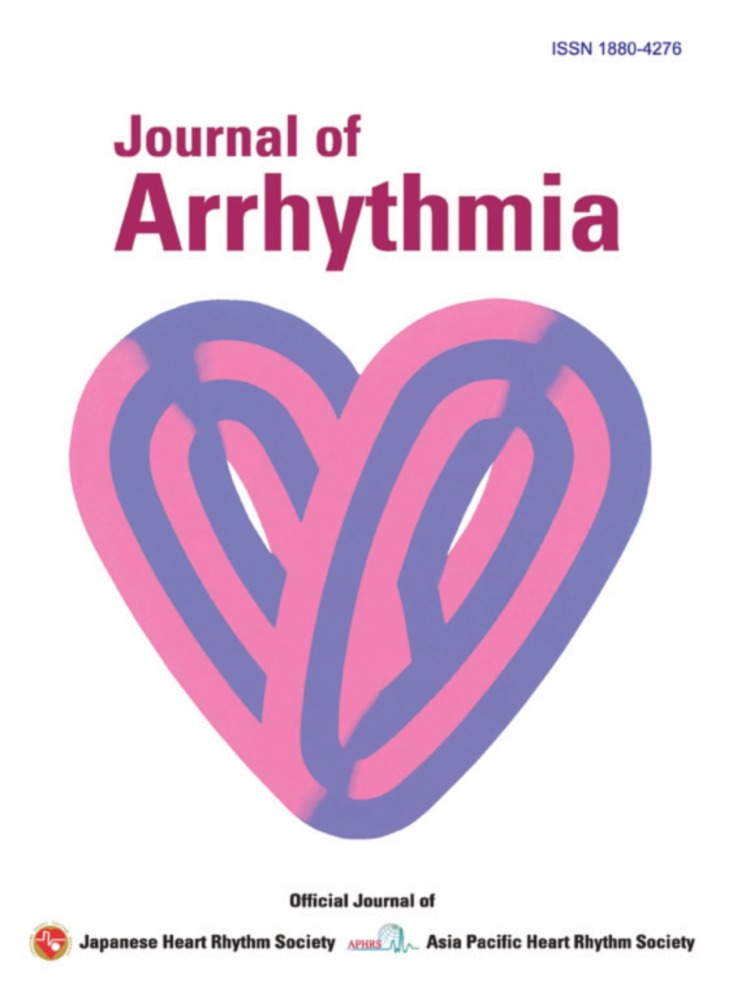Effects of Music Therapy on Heart Rate Variability in Elderly Patients with Cerebral Vascular Disease and Dementia
Abstract
Objective: In Japan, the number of elderly people with cerebral vascular disease (CVD) and dementia is increasing, resulting in increased expenditures to treat such patients. Reports indicate that music therapy can reduce anxiety in patients with myocardial infarction. However, it is unclear whether music therapy can have beneficial effects on very elderly patients with CVD and dementia, as these conditions may influence cardiac autonomic nerve functions. Therefore, we investigated the effects of music therapy on the autonomic nerve system in elderly patients with CVD and dementia, using an ambulatory Holter ECG system.
Methods and Results: The subjects were 12 elderly patients aged ≥75 years, hospitalized for CVD and dementia. We measured their heart rate variability (HRV) indices of power domain and frequency domain analysis. The mean RR significantly increased during music therapy, from 842 ± 174 to 1022 ± 284 (p < 0:05), and decreased to 820 ± 284 ms after music therapy. HF significantly increased during music therapy, from 59 ± 41 to 127 ± 97 ms2 (p < 0:01), and decreased to 77 ± 60 ms2 after music therapy. LF/HF decreased from 2:2 ± 1:3 to 1:7 ± 1:3 during music therapy (p < 0:10), and increased to 2:0 ± 1:1 after music therapy. Time domain (HRV) indices increased during music therapy and decreased after music therapy: RMSSD increased from 19:4 ± 11 to 39:8 ± 17 ms, and then decreased to 19:4 ± 8:3 ms; pNN50 increased from 3:6 ± 3:2 to 16:1 ± 13:3%(p < 0:01), and then decreased to 4:3 ± 4:2%.
Conclusions: Music therapy enhanced parasympathetic activity and decreased sympathetic activity in elderly patients with CVD and dementia. These findings suggest that music therapy is useful for alleviating anxiety, increasing comfort and facilitating relaxation for elderly patients with CVD and dementia.




